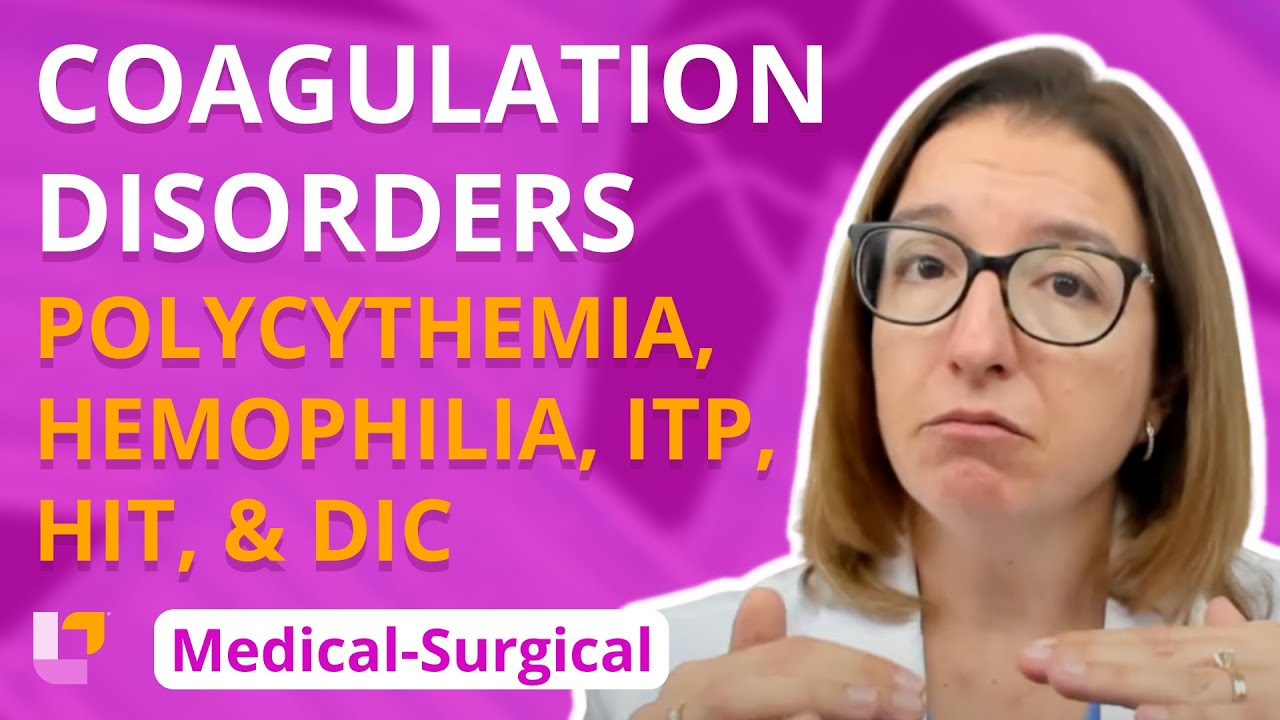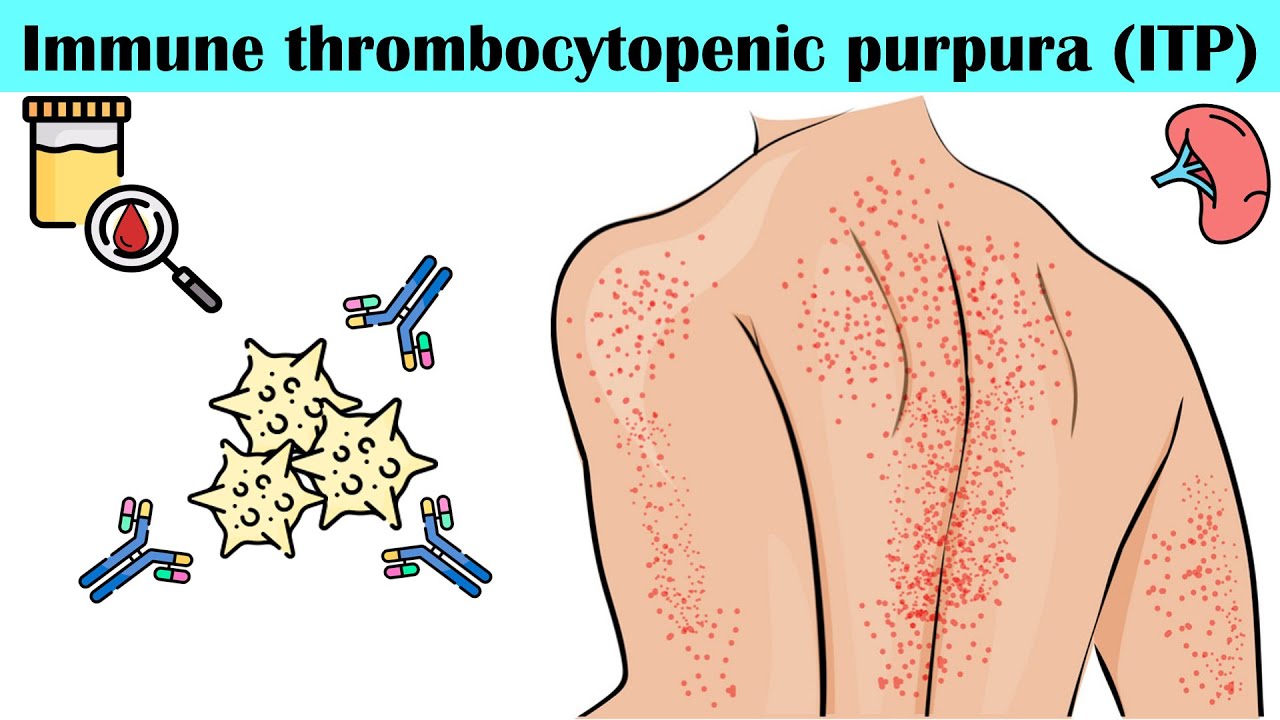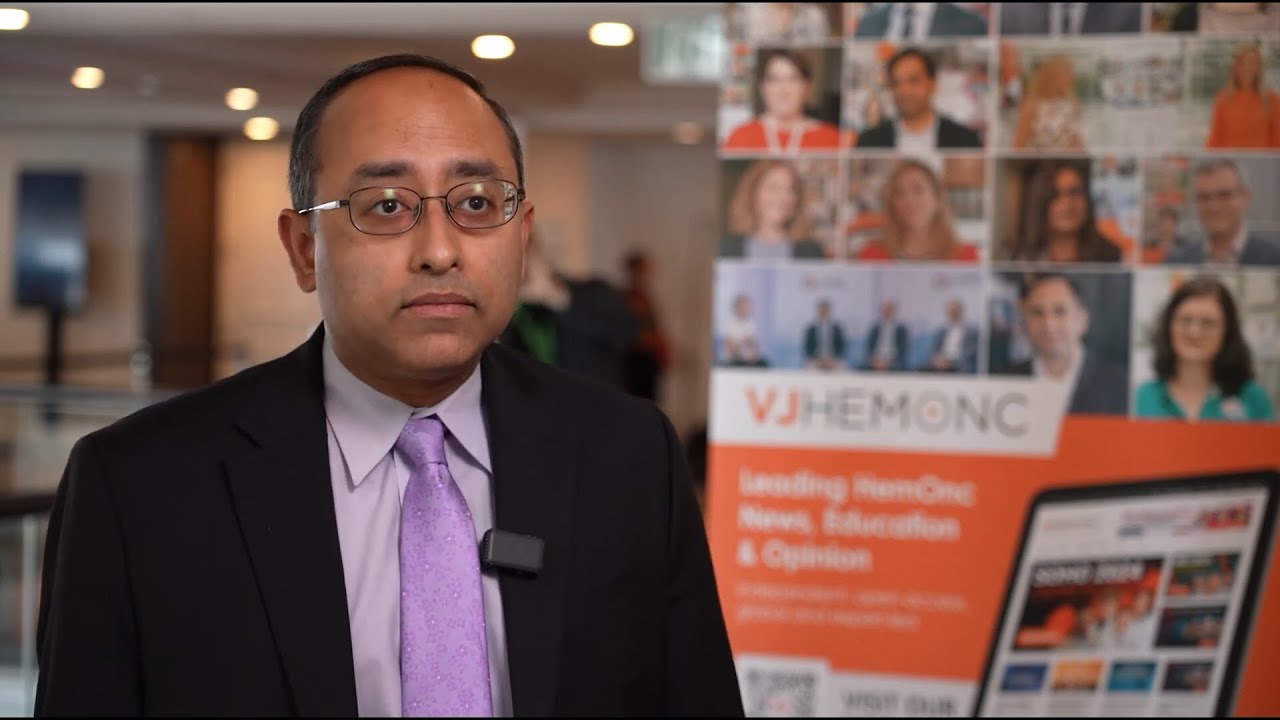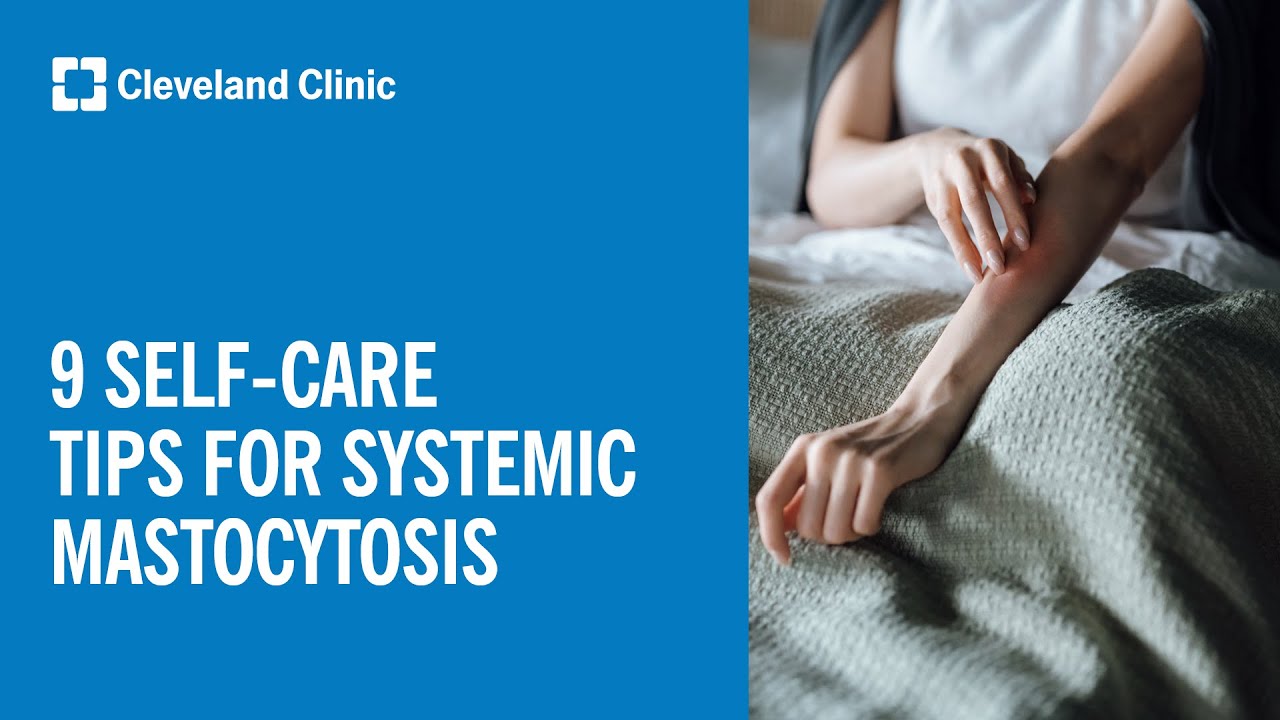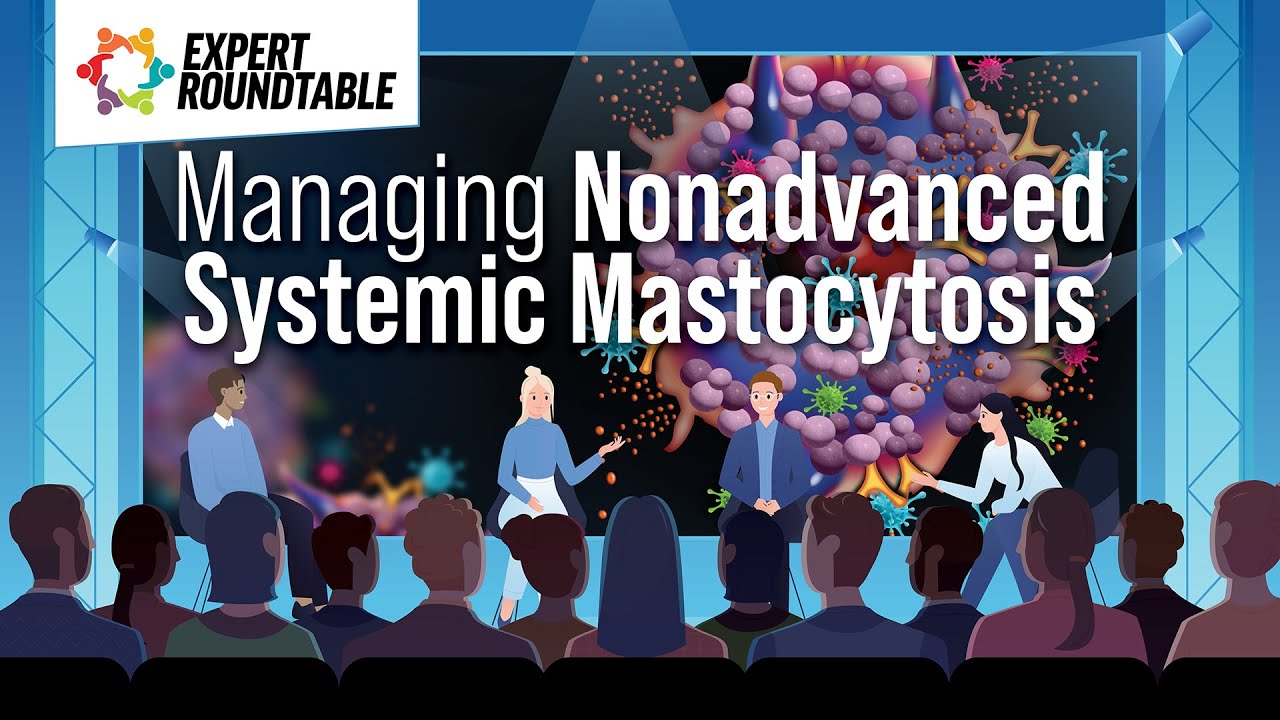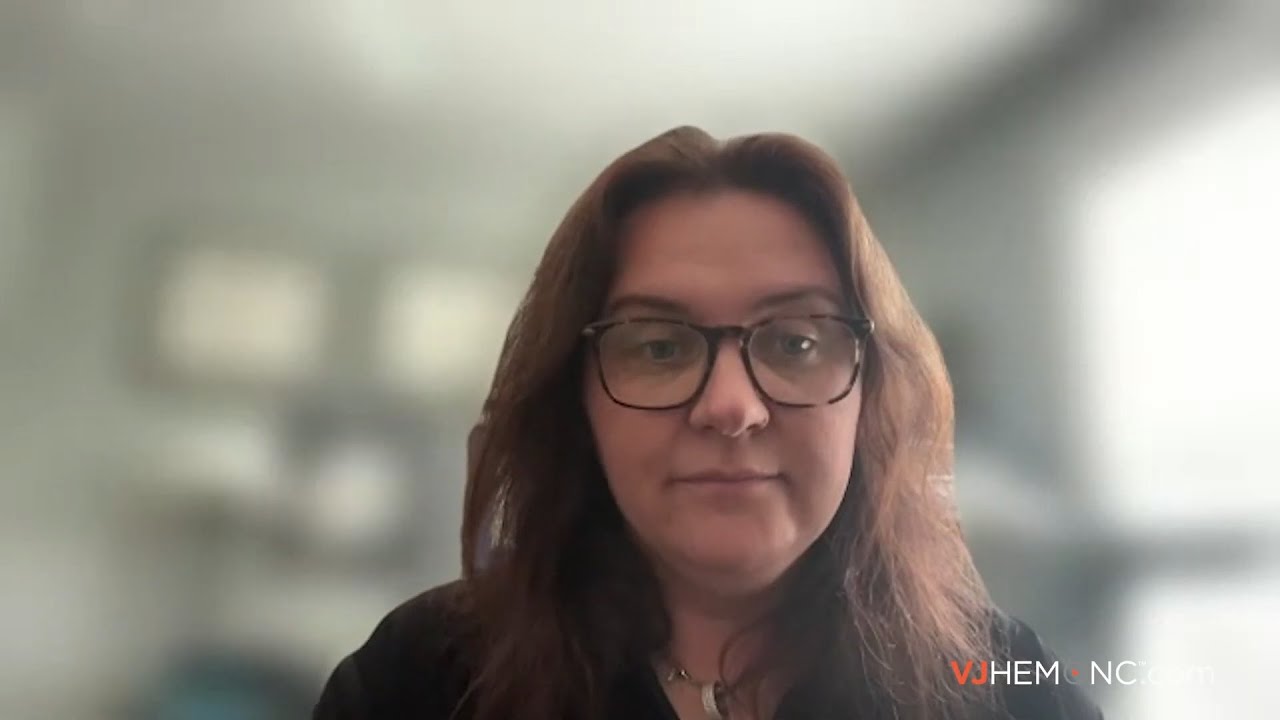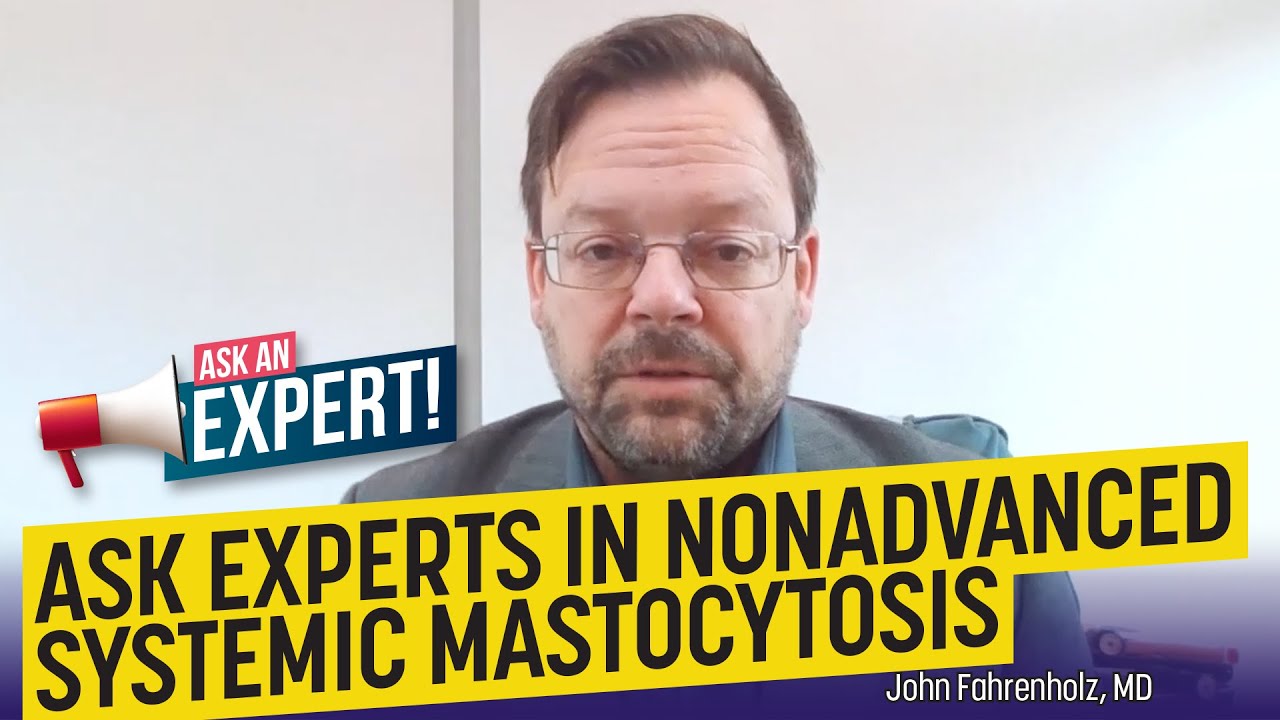NEW YORK (Reuters Health) – Four out of five children with juvenile idiopathic arthritis had a good clinical response to abatacept during a long-term open-label extension trial. The safety profile was good, and the level of response often increased as treatment went on, the researchers report.
Lead author Dr. Nicolino Ruperto, from Universita di Genova, Italy, and associates report these findings in Arthritis & Rheumatism published online February 26th.
Abatacept is a soluble fusion protein that selectively modulates the costimulatory signal required for full T cell activation, the authors explain.
Their trial had three phases: a 4-month open-label lead-in in which all patients took abatacept; a 6-month randomized, double-blind, placebo-controlled withdrawal phase (in which patients with a flare discontinued treatment); and the open-label long-term extension that’s the focus of the current report.
The researchers enrolled 153 children from Europe, Latin America, and the U.S. who ranged in age from 6 to 17 years. Their median disease duration was 4.1 years. In addition to abatacept 10 mg/kg (maximum, 1000 mg) given every 28 days, the children could also receive oral or intra-articular steroids and methotrexate.
For the efficacy analysis at day 589 of the open extension, the investigators divided patients into three groups:
— 51 children continuously treated with abatacept during all three phases– 47 children randomized to placebo who resumed treatment with abatacept during the extension phase
— 22 children without an ACR (American College of Rheumatology) Pedi 30 response during the open-label lead-in who continued treatment with abatacept in the extension phase.
Total treatment time ranged from 21 to 52 months.
Among the 51 children who took abatacept for all three phases, 88% achieved at least an ACR Pedi 50, 57% achieved at least an ACR Pedi 90, and 43% achieved inactive disease status.
Among the 47 placebo-group children who resumed abatacept in the extension phase, 83% achieved an ACR Pedi 50, 40% an ACR Pedi 90 and 23% achieved inactive disease.
Finally, among the children who could not achieve ACR Pedi 30 in the lead phase, 64% had an ACR Pedi 50 in the extension phase, and 18% had an ACR Pedi 90. One child (2.8%) achieved inactive disease status.
Given that most patients who did not respond during the lead-in phase did respond during the extension, the authors suggest that 4 months may not be a sufficient therapeutic trial with abatacept for some patients.
“The clinical benefit of abatacept treatment is maintained or progressively improves with time,” and treatment is safe and well tolerated, the researchers conclude. There were no cases of tuberculosis, opportunistic infections, or malignancies during open-label treatment, although one 12-year-old boy developed multiple sclerosis.
Furthermore, interruptions in therapy were well tolerated and not associated with adverse events or infusion reactions when therapy was re-introduced. Seventeen patients developed anti-abatacept or anti-CTLA-4 antibodies, which did not affect efficacy or elicit safety concerns.
However, the authors note, the number of patients and extent of treatment was not sufficient to detect rare safety events, so they plan to continue following this cohort and to establish a registry.
Bristol-Myers Squibb, which manufactures abatacept under the brand name Orencia, provided funds for the study.
Reference:
Arthritis Rheum 2010.

